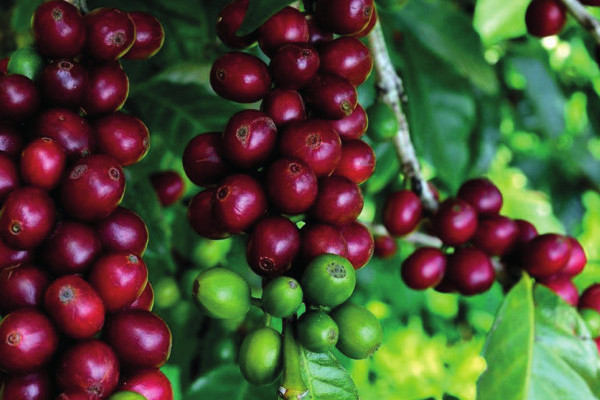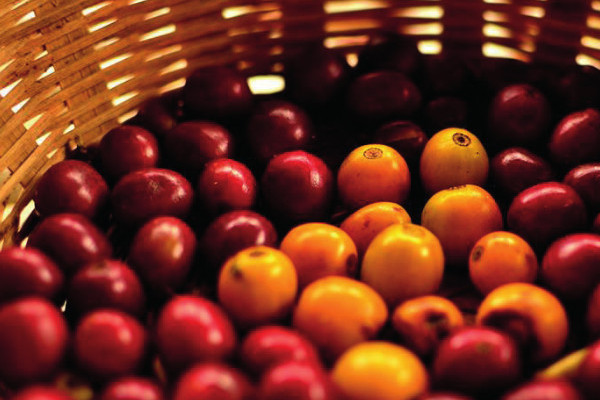
Guatemala Coffee
- Acatenango Valley
- Antigua Coffe
- Fraijanes Plateau
- Rainforest Cobán
- Highland Huehuetenango
- Atitlán
- Volcanic San Marcos
- New Oriente
*Visit: http://portal.anacafe.org/
Acatenango Valley: is a hidden jewel in the world of Guatemalan coffees. Since the 1880’s, farmers have grown coffee under dense shade, on the foothills of Acatenango volcano. Today, small producers and family-run farms cultivate the hills as high as 6,500 feet (2000 meters). The forest they create is a gift; a lush ecological refuge for countless species of local and migratory birds. Temperate gusts from the Pacific Ocean shield the region from frost and infuse the air with the ideal amount of humidity. Constant eruptions from nearby Fuego volcano keep the coarse, sandy soils full of minerals. Marked seasons allow coffee to be sun-dried, and processing follows age-old family traditions. Acatenango Valley is described as having a marked acidity, fragrant aroma, balanced body and clean, lingering finish, able to satisfy the most demanding consumers. Coffees are harvested from December until the middle of March.
Antigua Coffe: Antigua is internationally renowned for its high-quality coffees. This region is located between three volcanoes in a valley with a climate perfect for cultivating coffee. The soils are young and optimal for coffee. The wet and dry seasons are defined for uniform maturation. The temperature ranges from 19-22 C (66.2-71.6°F) and the altitude is between 4,600 and 5,600 feet. Annual rainfall is between 800-1,200 mm and the humidity is constant at 65%. Guatemalan Antigua coffee is described as having a full and velvety body, a rich and lively aroma, and a fine acidity. Bourbon, Caturra, and Catuai coffee beans are grown in this region and harvested between January and mid-March.
Highland Huehuetenango – This region crosses the Cardillera de Los Cuchamatanes with regions higher than 11,800 feet. It is located on the border with Mexico and coffee is planted in the regions between 5,000-6,000 feet. Rainfall is around 1,800 mm with a relative humidity of 70-80%. Dry and hot winds from the Tehuantepec plain in Mexico protect the region from frost and create its unique microclimate. The average temperature is 23 C (73°F). The subtropical and humid climate contributes to the coffee beans’ beautiful appearance and uniform maturation. The flowering is homogeneous which results in a winey, high-quality cup. In Huehue, Bourbon, Caturra, and Catuai coffee beans are grown. Harvesting takes place from January to April.



